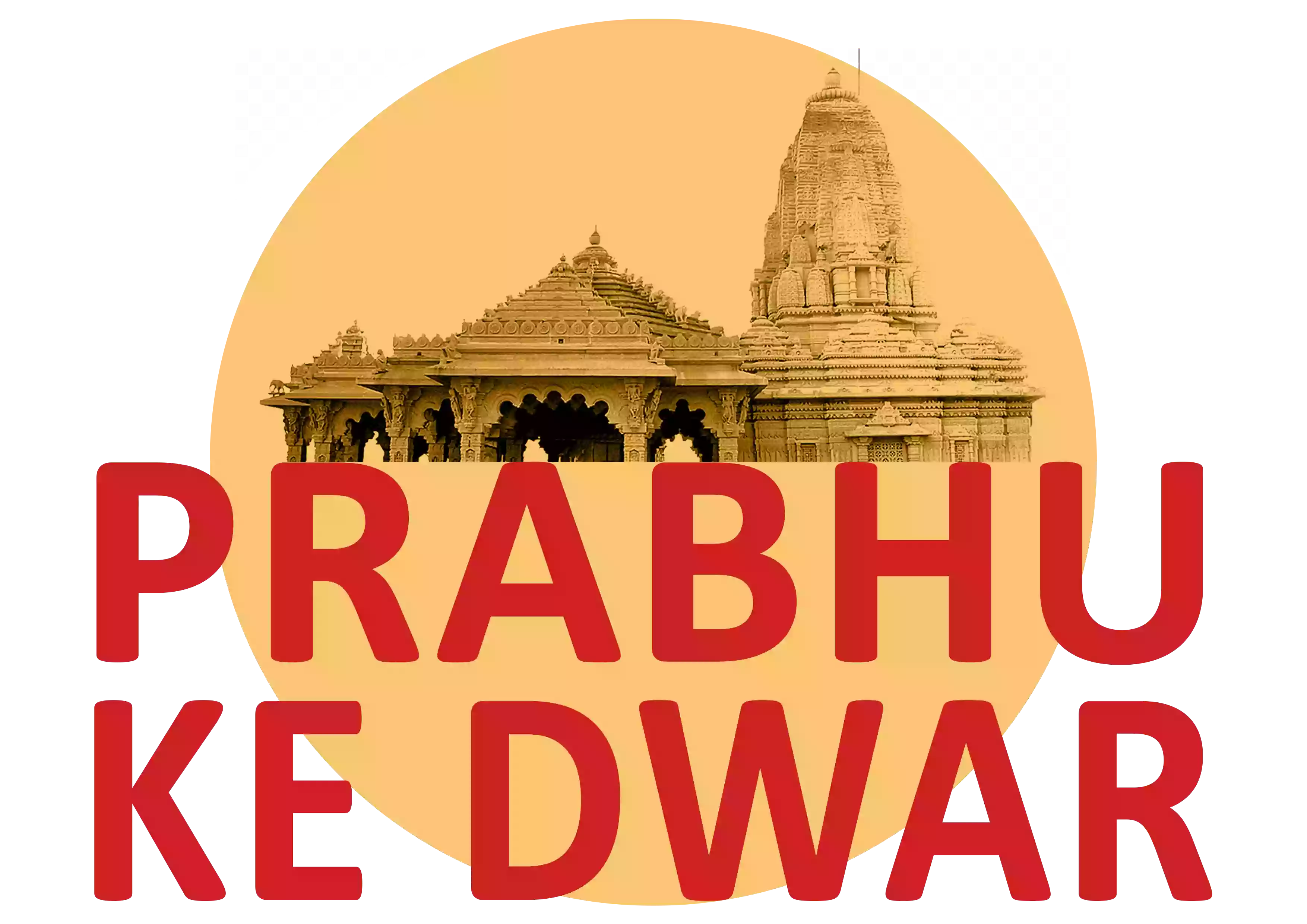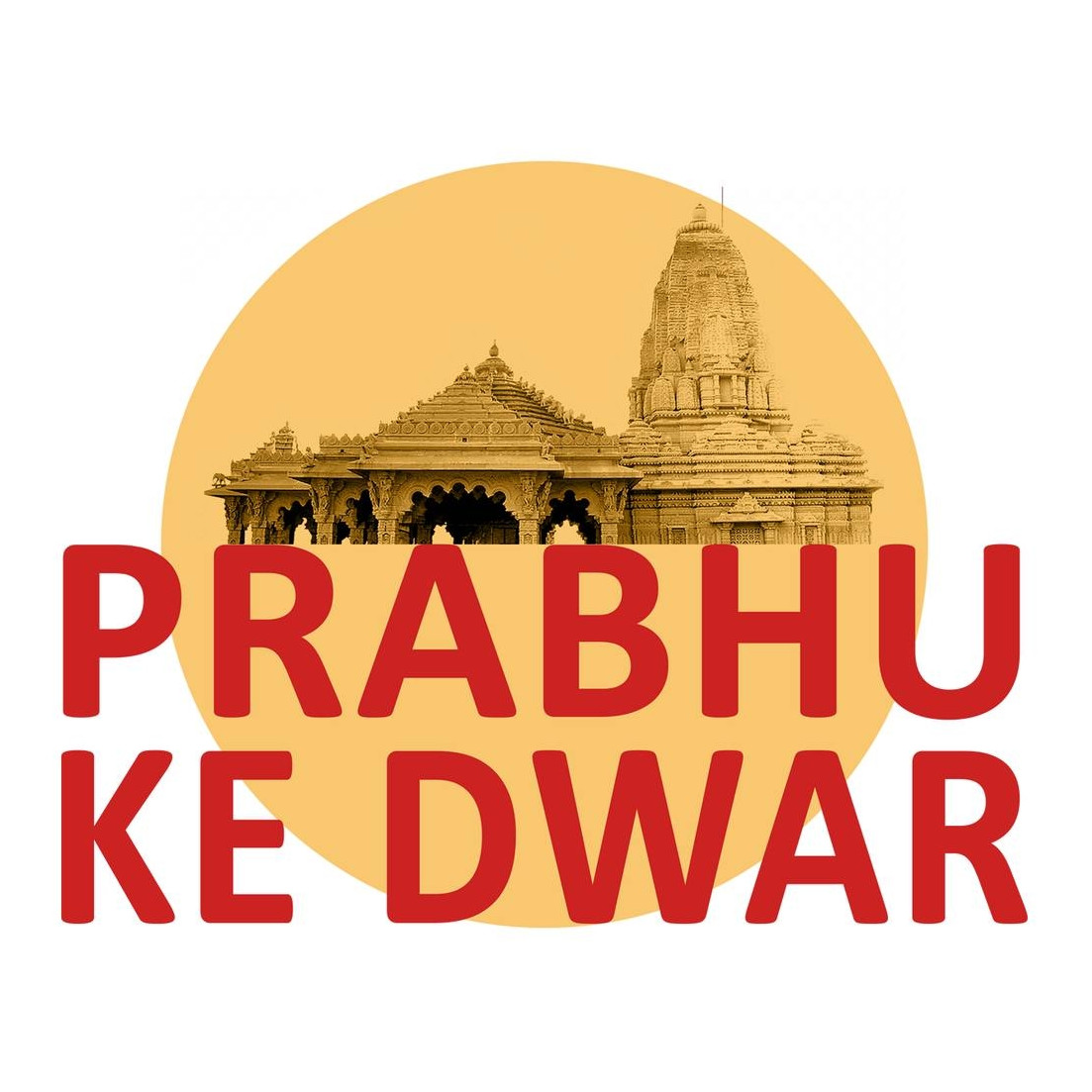Table of contents [Show]
1) Unveiling the Wonders of Virgo
Virgo, the sixth zodiac sign, is not only an intriguing astrological symbol but also a fascinating constellation in the night sky. It has captivated astronomers, astrologers, and stargazers for centuries with its celestial beauty and rich mythological history. In this article, we will delve into the captivating world of Virgo, exploring its origins, prominent stars, deep-sky objects, astrological significance, and scientific discoveries associated with this enigmatic constellation.
2. The Origins of Virgo: Mythology and Symbolism
The origins of the Virgo constellation can be traced back to ancient Greek and Roman mythology. According to one legend, Virgo represents the goddess of justice and purity, Astraea. Another tale suggests that she is Demeter, the goddess of harvest and fertility. In both mythologies, Virgo symbolizes the divine feminine and embodies qualities such as nurturing, attention to detail, and purity.
3. Locating Virgo in the Night Sky
To locate Virgo in the night sky, one can look towards the southern hemisphere during the spring season. Virgo is sandwiched between Leo to the west and Libra to the east. The constellation is best observed during April and May when it reaches its highest point in the sky.
4. The Main Stars of Virgo
Virgo boasts several notable stars, each contributing to its unique celestial tapestry. Spica, the brightest star in Virgo, shines brilliantly with a bluish-white hue. Other significant stars in Virgo include Porrima, Vindemiatrix, and Zavijava. These stars not only add to the constellation's beauty but also aid astronomers in studying the cosmos.
5. Deep-Sky Objects in Virgo
Virgo is home to a remarkable collection of deep-sky objects, making it a celestial treasure trove for astronomers. The Virgo Cluster, a group of galaxies, is one of the most remarkable features of this constellation. Comprising thousands of galaxies, it serves as an important area for studying galaxy evolution and cosmology.
6. Virgo in Astrology: Traits and Personality
In astrology, individuals born under the zodiac sign of Virgo are believed to possess distinct traits and characteristics. Known for their analytical nature, Virgos are often associated with traits such as practicality, attention to detail, and a methodical approach to life. They are also perceived as loyal, intelligent, and hardworking individuals.
7. Virgo in Popular Culture
Virgo's influence extends beyond astronomy and astrology, as it has made appearances in various aspects of popular culture. From literature and music to movies and art, Virgo has inspired countless creative works. Its symbolism and association with traits like organization and perfectionism have provided a rich source of inspiration for artists and writers alike.
8. Exploring Virgo's Influence on Astronomy and Astrology
Virgo's significance in both astronomy and astrology cannot be overstated. Its position in the zodiac and its association with certain celestial events have made it a topic of interest for astronomers and astrologers alike. The study of Virgo continues to contribute to our understanding of the universe and its impact on human life.
9. Scientific Discoveries Associated with Virgo
Virgo has been the stage for various scientific breakthroughs and discoveries. Notably, the detection of gravitational waves by the LIGO observatory in 2015 was a monumental achievement in the field of astrophysics. The merger of two black holes within the Virgo constellation provided empirical evidence for the existence of gravitational waves, confirming a major prediction of Einstein's theory of general relativity.
10. The Zodiac Sign of Virgo
As the sixth zodiac sign, Virgo falls between Leo and Libra. Individuals born between August 23 and September 22 are considered to be under the influence of Virgo. Their birth chart, which includes the position of the Sun, Moon, and planets at the time of their birth, determines their astrological profile and offers insights into their personality and life path.
11. The Virgo Cluster of Galaxies
The Virgo Cluster, located within the Virgo constellation, is a magnificent assembly of galaxies. It is one of the closest galaxy clusters to our own Milky Way, spanning over 15 million light-years in diameter. The Virgo Cluster provides astronomers with a unique opportunity to study galaxy interactions, galaxy formation, and the large-scale structure of the universe.
12. Notable Astronomical Events in Virgo
Virgo has witnessed numerous astronomical events that have captivated scientists and sky observers. From meteor showers and planetary conjunctions to supernovae and variable star observations, the constellation offers a diverse range of celestial phenomena to explore and study.
13. Observing Virgo: Tips for Amateur Astronomers
For amateur astronomers eager to observe Virgo, several tips can enhance their stargazing experience. Choosing a clear, dark sky location away from light pollution is essential. Utilizing a telescope or binoculars can reveal the beauty of the constellation's stars and deep-sky objects. Patience and a sense of wonder are key attributes when exploring the cosmos.
14. Virgo and the Search for Extraterrestrial Life
The Virgo constellation has piqued the curiosity of scientists in the search for extraterrestrial life. With its proximity to the Milky Way's galactic plane, Virgo offers a vantage point to study the possibility of habitable exoplanets within its associated star systems. Ongoing efforts to detect biosignatures and exoplanetary systems in Virgo continue to fuel our quest for understanding the potential for life beyond Earth.
Virgo stands as a mesmerizing constellation that has fascinated humanity for centuries. From its mythological origins to its scientific significance, Virgo continues to be a source of inspiration and exploration. Whether viewed through the lens of astrology or observed through a telescope, the enigmatic nature of Virgo invites us to contemplate the vastness and beauty of the universe.
FAQs
1. Can I see Virgo with the naked eye?
Yes, the Virgo constellation is visible to the naked eye. However, its visibility depends on factors such as light pollution and the observer's location.
2. What is the best time to observe Virgo in the night sky?
The best time to observe Virgo is during the spring season, particularly in April and May, when it reaches its highest point in the sky.
3. Are there any notable deep-sky objects in Virgo?
Yes, the Virgo Cluster is a remarkable deep-sky object in the constellation. It is a collection of galaxies that provides valuable insights into the study of cosmology and galaxy evolution.
4. What are the characteristics of individuals born under the zodiac sign of Virgo?
Individuals born under the zodiac sign of Virgo are often associated with traits such as practicality, attention to detail, and a methodical approach to life.
5. How far is the Virgo Cluster from our Milky Way galaxy?
The Virgo Cluster is located relatively close to our Milky Way galaxy, spanning over 15 million light-years in diameter.




